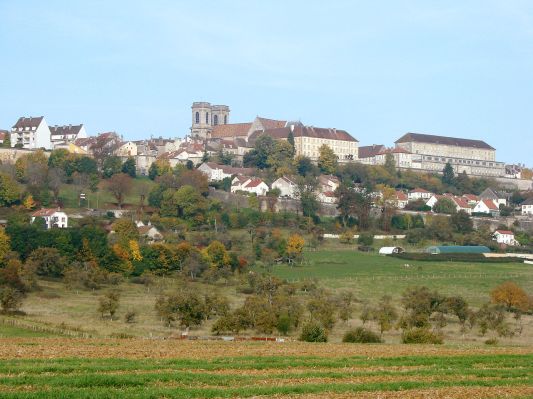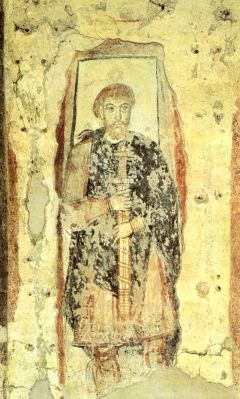A few weeks ago, we took a look at a charter of Bishop Argrim of Langres, and I mentioned in passing that there were a few things about the language. This week, I’d like to look at that in a bit more detail.
Here are Argrim’s words:
When… I was residing in the bosom of the same mother church in general synod… and was settling the affairs and advantages of the churches committed to Our Unworthiness with pastoral solicitude, insofar as Our ability and understanding allowed; and was giving an equal amount of attention to disposing that what was legitimately established should endure undisturbed; and, if anything, perchance, could be found to be twisted and without authority, with divinity propitious was busying myself to get it back in line…
Here’s his successor Heiric 31 years later:
When I was residing in the bosom of the mother church committed to Us by God, and was inquiring and investigating how its status, with Christ’s favour, could improve for the better, along with the counsel of Our faithful men…
And his successor Achard 31 years after that:
When I was sincerely residing in the womb of the mother church committed to Us by Christ on the days of holy synod, and, as far as the quality of Our strength allowed, seeking and requiring in an orderly manner and investigating to reasonably deal with the business of the same church so that, by Christ’s administration, with the counsel and prayer of Our faithful men, to wit, of both orders, it might be improved to a better state…
And his own successor Widric 9 years after that:
When We were dwelling in the bosom of the Mother Church granted to Us by Christ, according to Our potential and knowledge equally, along with the faithful men of Our aforesaid church, and diligently and freely laboured over the state and progress of it, so that, with God’s bestowal, it might be effected to be sublimated, and the sons of the said church might be able to endure therein and serve God Almighty and Saint Mammet with devoted minds without end…
This kind of language stretches forward right up to the eleventh century, and in fact if we were rewinding the clock you could see it in the late ninth. You might be thinking that this seems unexceptional, insofar as all of the above appears to be a reasonable thing for a bishop to be saying; and certainly these aren’t iconoclastic sentiments – but they are unusual.

Let’s start with the form. This kind of ‘synod-form’ charter is actually very rare in the tenth century. Let’s go outside of Burgundy for a second. We have large numbers of episcopal charters from the bishops of Laon, Poitiers, Verdun and Tours. Of those, Poitiers has two, Verdun and Tours one, and Laon none. It’s clear from other evidence that synods continued to happen; it’s just that they didn’t use this charter form. The bishops of Langres do.
Now, so to do the bishops of Autun and Mâcon. The difference is that in Langres the synod-form charter is paired with the language of good administration – diligently and studiously labouring to improve the affairs and utilities of the Church, that sort of thing. I don’t want to get categorical here, but this kind of language is much, much more typical of the bishops of Langres than their neighbours.
So what’s going on? Partly, it’s a late-Carolingian inheritance. We’ve seen before on this blog the significance of Burgundian bishops in the late ninth century, and those ninth-century bishops talk and govern like this. Langres preserves this inheritance particularly well for two (well, three) reasons: first, it never stopped being important; and second, it never really fell under the spell of the dukes of Burgundy the way that, say, Autun did for several decades there. (The third has to do with the particular legacy of Bishop Isaac of Langres, but maybe we’ll cover that another time.)
This has implications for the regional power of the bishops, of course – and if you want to know about that, the book is still underway – but I’d like to touch on the Peace of God in relation to it. I’ve already drawn parallels between Peace councils and the bishops of Langres, but here we can look at it from the other direction. Holding councils and making a big deal out of holding councils is known practice during the tenth century, and when the Aquitanians come to do the same in the latter half of it, they’re not necessarily doing anything new. What changes is that they pick a different selling point – ‘peace’ rather than ‘inquiring and investigating how the status of the mother Church might be improved for the better’. Pithier, certainly, but not necessarily all that dissimilar in principle.
